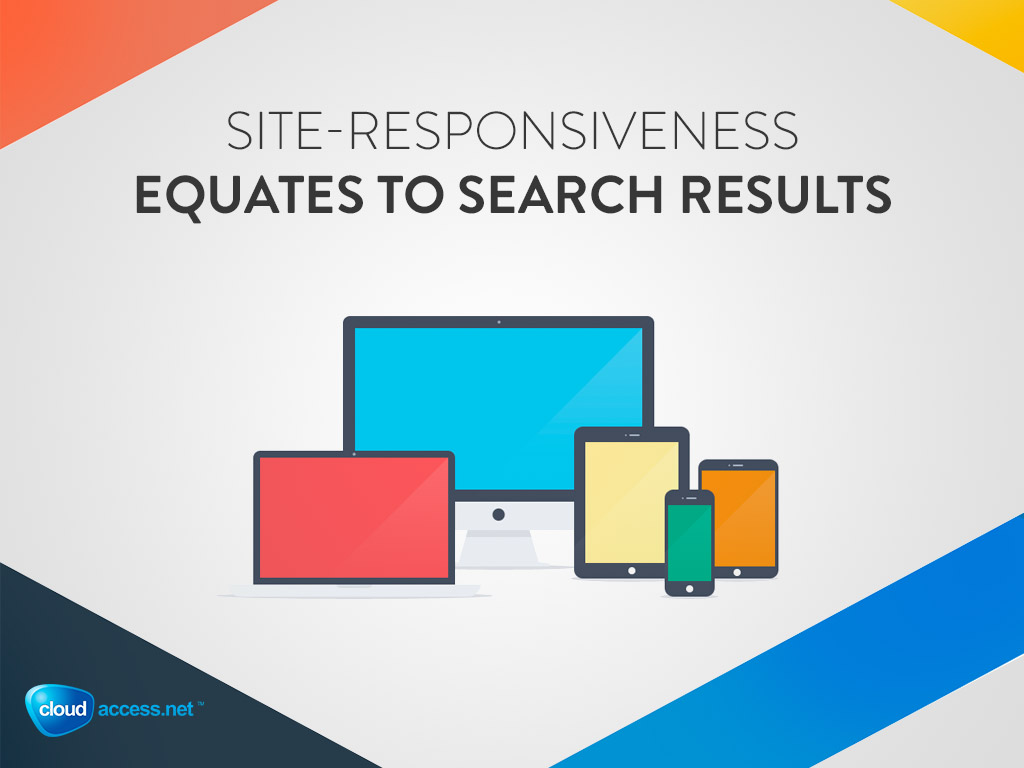Site-Responsiveness Equates to Search Results

In the last five years alone, there has been a tremendous shift in terms of the way that the world views the web, and while it began in 2007 when the original iPhone was released, it has really come to a head in terms of the number of people accessing websites via a mobile device.
In 2017, US traffic equated to 63% of all traffic, and if this trend continues there is likely going to be an increase to around three quarters of all Internet traffic occurring via mobile. While this is hard to believe for many of us that utilize PCs professionally, for the average individual, mobile has taken over. Google has been ahead of this trend for sometime, and in much the same way that it was said there if was not an app for it there would be in a month, there are tools online to test the mobile-responsiveness of your site.
How Do I Get from Where I am to Mobile Friendly?
That is a very good question, and if you are wanting to see how your website will look on mobile, you do not need to utilize a smart phone in order to fetch a preview. Just shrink your browser window horizontally-speaking until you see the mobile menu pop up, and you will see what someone sees on their smartphone. Now, while both Joomla and Wordpress do offer significant gains in terms of having the tools available to be responsive in terms of mobile devices, it must be said that the themes/plugins used need to be properly vetted prior to implementation. While a given theme can look amazing via the demo you see on a place like Themeforest, looking over the reviews and understanding the support provided by a given company will make or break that theme’s effectiveness in your particular instance.
Alright, so let’s just broach the elephant in the room now and say that: “Yes, if you want your site to be mobile-friendly, someone on your team is going to know HTML+CSS”, and that’s a bare minimum. Even with the best, most mobile-responsive theme out there, as you begin to tweak and move elements within a theme, your website is not going to look right for every screen size. This is where two things come into play: 1. Make sure that you have a theme/page builder in which you can target individual elements with CSS. This allows you to zero-in on and manipulate the given elements on a page for the purpose of resizing it and/or moving it for the sake of making it more mobile friendly.
2. Find a code editor that is going to allow for you to input CSS code while also having some sort of debugging functionality (highlighting syntax errors at the very least). This will allow you to create media queries and device-specific schemas for a given screen size.
Getting the Nod of Approval
If you’re wanting to test out a site’s mobile-responsiveness with regard to Google’s opinion, visit the following link and paste your URL. After the results are provided, you will be made aware of Google’s opinion as to whether or not your site is optimized for mobile devices. Still, it is important to take note of the fact that Google finding your site to be optimized for mobile does not equate to a positive visitor experience. There is no (as of yet) adequate replacement for user-feedback on a given website or application, and so this must be where a website owner/developer/designer must spend the bulk of their time.
Properly qualifying for search engine approval is great, but remember that getting them in the door is only part of the equation, they must then enjoy the place they have arrived in and be curious to see more. Remember to look at traffic both in terms of the devices which are being used to access your site, and check to see if the bounce rate for mobile is greater for mobile than it is for desktop/laptop.

